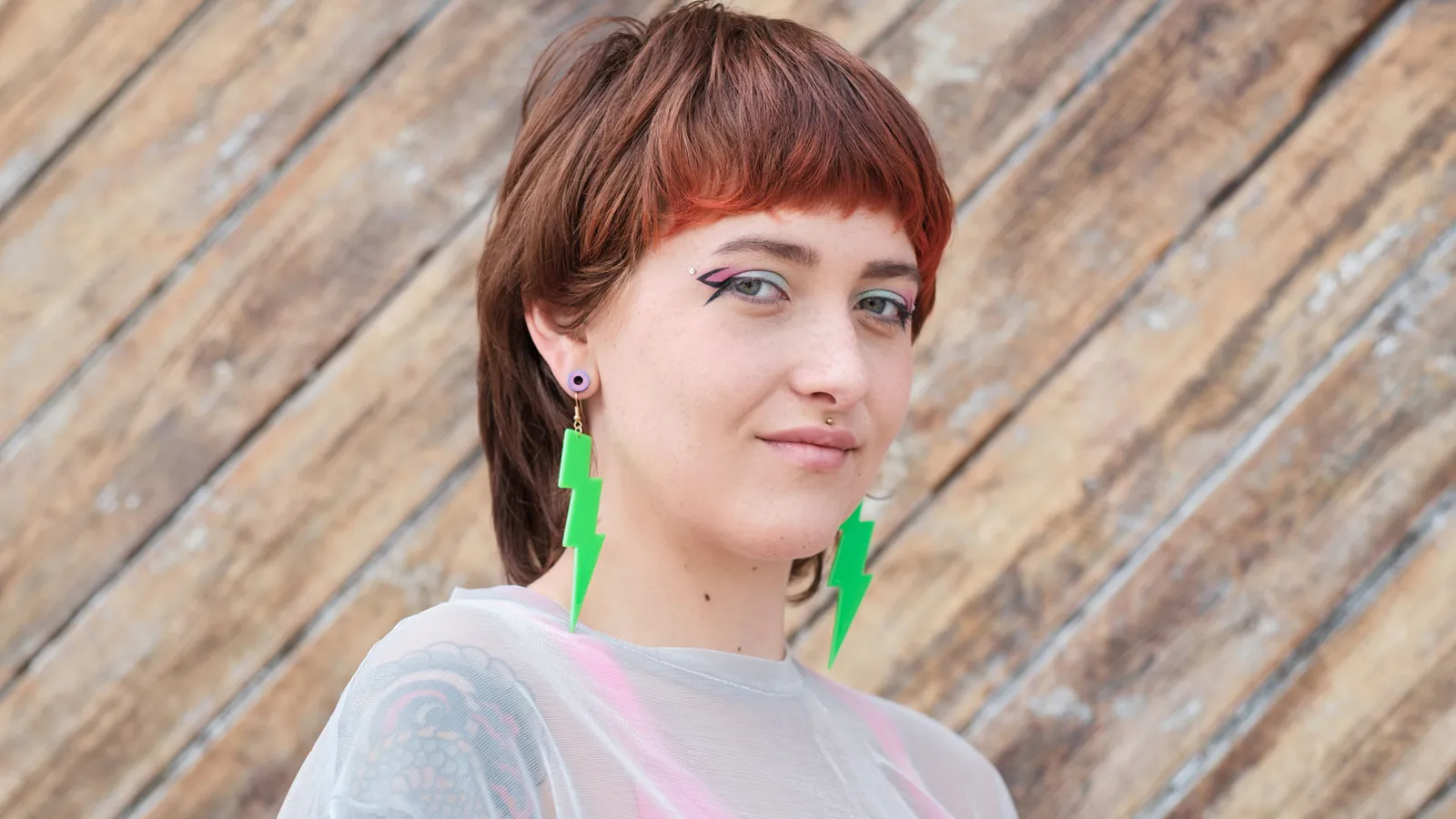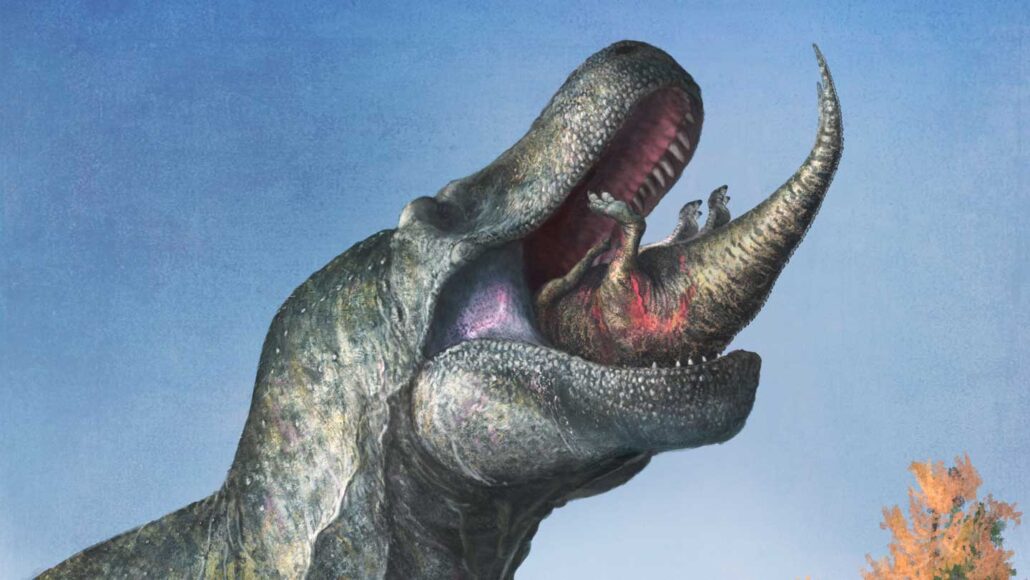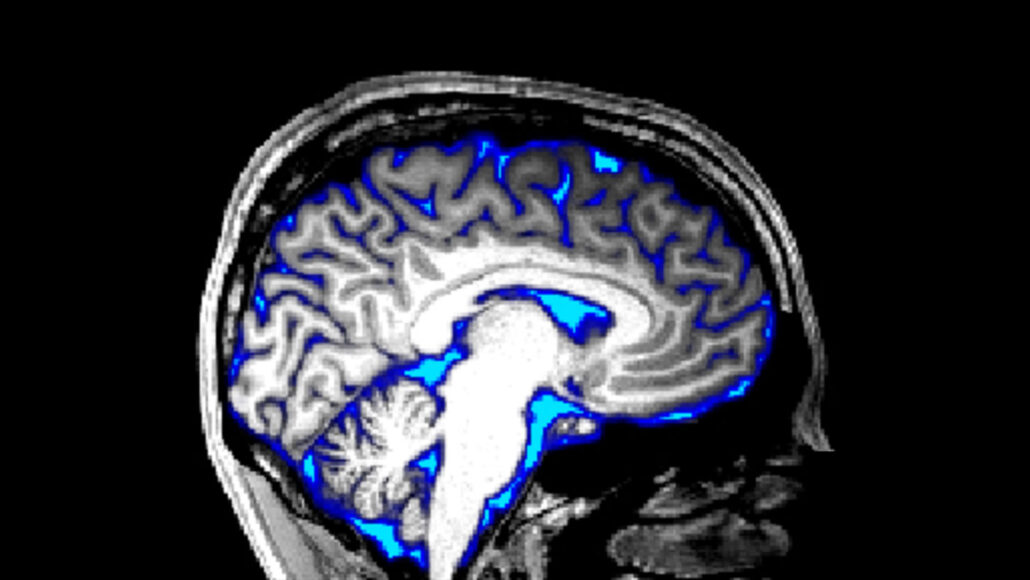Dogs, Cats Could Lower Children's Allergy Risk
狗,貓可降低兒童過敏的風險
Health
New research shows that exposure to indoor cats and dogs in utero or early infancy leads to fewer cases of food allergies as the child grows. Over 65,000 children were tested, and 22% who were exposed to pets had fewer food allergies than those who were not tested, according to the findings published Tuesday in the journal PLoS One. The study was done in Japan. Children exposed to indoor cats were less likely to have soybean, wheat, and egg allergies. When exposed to dogs, children were less likely to have nut, egg, and milk allergies. Surprisingly, children who were exposed to hamsters were 0.9% more likely to have nut allergies.
--from WebMD
新研究表明,在孩子的成長期間-在子宮內或嬰兒期-接觸室內貓狗會減少對食物過敏的病例。超過65,000名兒童接受了該測試。據周二發表在《公共科學圖書館:綜合》(PLoS One)期刊上的研究結果顯示,22%接觸過寵物的人比沒有接受測試的人有更少的食物過敏概率。這項研究是在日本進行的。接觸室內貓的兒童對大豆、小麥和雞蛋過敏的概率較低。接觸狗的話,兒童則較不會對堅果、雞蛋和牛奶過敏。令人驚訝的是,接觸過倉鼠的兒童患堅果過敏的可能性提高了0.9%。
--摘錄翻譯自WebMD
Does Drinking Coffee Increase or Decrease Your Risk of Kidney Stones?
喝咖啡會增加還是減少罹患腎結石的風險?
Health
A kidney stone is a small, hard substance made from waste products in your urine that haven’t been adequately flushed out. Although researchers are still examining the connection between drinking coffee and the risk of kidney stones, recent studies show that caffeine consumption may help prevent the formation of kidney stones. Because coffee has diuretic properties (meaning it may cause you to pee more often), people often assume that drinking coffee may be dehydrating, thus increasing your risk for kidney stones. However, data suggests the opposite. According to a 2021 study through the National Kidney Foundation, caffeine, whether in tea, soda, coffee, or alcohol, is protective and may decrease the risk of kidney stones. Even going from drinking 1 cup to 1.5 cups a day may reduce the odds of potential kidney stones by up to 40%.
--from Healthline
腎結石是一種小而硬的物質,由尿液中未被充分排出的廢物組成。儘管研究人員仍在研究飲用咖啡與腎結石風險之間的關聯,但最近的研究表明,攝取咖啡因可能有助於預防腎結石形成。由於咖啡具有利尿作用(這意味著它可能導致更頻繁地排泄),因此人們常認為喝咖啡可能會導致脫水,從而提高患腎結石的風險。然而,數據顯示情況卻恰恰相反。根據國家腎臟基金會(National Kidney Foundation)2021年的一項研究,無論是茶、蘇打水、咖啡還是酒精中的咖啡因都具有保護作用,並可能降低患有腎結石的風險。即使每天喝1杯至1.5杯,也可以將潛在的腎結石機率降低高達40%。
--摘錄翻譯自Healthline
How young people are shaking off gender binaries
年輕人正在擺脫性別二元論
Culture
Many Gen Zers are increasingly breaking out of the idea that gender means only 'man' or 'woman' – and these attitudes are having an impact. Attitudes around gender were already changing from Baby Boomers to Millennials, but as Gen Z has grown up, they’ve helped facilitate even larger cultural and social shifts in these notions. It’s not that younger people are no longer identifying as cisgender or male or female – rather, they’re less likely to take for granted that gender is binary. These views have helped some young people find their voices, and also opened a dialogue about the complexities of gender identity across generations.
--from BBC Work Life
愈來愈多Z世代(Gen Z)的年輕人正在突破僅有「男人」或「女人」這傳統的性別定義,而這些新觀念正在產生影響力。嬰兒潮世代(Baby Boomers)與千禧世代(Millennials)兩代之間本來就對性別的看法已有所轉變與差異,但隨著Z世代長大成人,他們正在促使這些新興性別觀念在社會中產生更大的文化和社會改變。 年輕人並不是不再認同順性別(cisgender)或男性、女性,只是他們較不會理所當然地認為性別是二元的。這些新興的性別觀點讓一些年輕人因此找到了自我,並且也開啟了跨世代的對話,探討複雜的性別認同議題。
--摘錄翻譯自BBC Work Life
Yang Bing-Yi, patriarch of Taiwan's soup dumpling empire, has died
台灣小籠包帝國創辦人楊秉彝逝世
Culture
Yang Bing-Yi, the co-founder of a famed Taiwan chain of soup dumpling restaurants, has died at the age of 96, the company announced in a statement on March 26. Yang and his wife Lai Pen-mei started the Din Tai Fung restaurant in 1972, and grew their location in Taipei into a chain of more than 170 globally, popularizing piping-hot steamed soup dumplings in Taiwan and beyond. In 2013, Din Tai Fung sold 28 million signature soup dumplings in Taiwan alone — an average of 76,000 dumplings every day. The private company was reported to have revenues of $150 million in 2021.
--from NPR
台灣著名的小籠包連鎖餐廳鼎泰豐3月26日的一份聲明中宣布其創始人楊秉彝逝世,享年96歲。楊秉彝和他的妻子賴盆妹於1972年在台北創立了鼎泰豐。鼎泰豐現已成為在全球擁有超170家分店的連鎖餐廳,成功在台灣及世界各地熱銷熱騰騰的小籠包,使小籠包成為知名美食。鼎泰豐在2013年僅僅在台灣就賣出2800萬顆招牌小籠包—平均每天7.6萬顆。據報導,這家民營公司2021年的總營收為1.5億美元。
--摘錄翻譯自NPR
T. rex may have had lips like a modern lizard’s
暴龍的嘴唇可能與現代蜥蜴相似
Sciences
In movies and TV shows, Tyrannosaurus rex often sports a fleet of big, sharp teeth that are almost always on display. But the dinosaurs and their kin may have kept their pearly whites mostly tucked behind lizardlike lips. Similar to Komodo dragons today, these dinosaurs had ample soft tissue around the mouth that would have functioned as lips, an analysis of fossilized and modern reptile skulls and teeth finds. The research, described in the March 31 Science, challenges common, traditional reconstructions of how these top predators appeared in life. “Soft tissue is not often included in analyses of the biomechanics of feeding dinosaurs. Acknowledging the potential presence of lips in these tests could change how we think some dinosaurs ate” says Emily Lessner, a vertebrate paleontologist at the Denver Museum of Nature and Science.
--from Science News
在電影和電視節目中,暴龍經常炫耀並展示一排大而鋒利的牙齒。但恐龍和牠們的親屬也許大多將牠們珍珠般的白牙藏在蜥蜴似的嘴唇後方。一項對化石和現代爬行動物頭骨和牙齒的分析發現,這些恐龍的嘴巴周圍有豐富的軟組織,可以有嘴唇的功能,類似現今的科莫多巨蜥。在3月31日的《科學》雜誌上,該研究挑戰了對這些頂級掠食者在現實生活中常見及傳統的重建樣貌。丹佛自然科學博物館的脊椎動物古生物學家Emily Lessner說:「軟組織通常未涵蓋在攝食恐龍的生物力學分析中。在這些測試中承認嘴唇的可能存在或許會改變我們對某些恐龍進食的看法。」
--摘錄翻譯自Science News
Scientists triggered the flow of spinal fluid in the awake brain
科學家驅使脊髓液在清醒的大腦中流動
Sciences
Waves of cerebrospinal fluid which normally wash over brains during sleep can be made to pulse in the brains of people who are wide awake, a new study finds. The clear fluid may flush out harmful waste, such as the sticky proteins that accumulate in Alzheimer’s disease (SN: 7/15/18). So being able to control the fluid’s flow in the brain could possibly one day have implications for treating certain brain disorders. The researchers think that as brain activity during sleep causes blood to flow through the brain — bringing oxygen to power-hungry cells — the spinal fluid flows in behind the blood to maintain constant pressure inside the skull. In the new study, “the first question we wanted to answer is, can you manipulate [blood flow] enough to also drive [fluid] flow when someone’s awake?” says Stephanie Williams, a neuroscientist also at Boston University.
--from Science News
一項新的研究發現,通常在人的睡眠期間大腦內流動的腦脊髓液可以在完全清醒時的大腦中產生脈動。清澈的液體可能會沖走有害廢物,例如在阿茲海默症中積累的粘性蛋白質。因此,控制大腦中的液體流動,有朝一日或許能對治療某些腦部疾病產生影響。研究人員認為,睡眠期間的大腦活動會致使血液流過大腦—將氧氣帶到需要能量的細胞—脊髓液隨血液流入顱骨內而維持的恆定壓力。在這項新研究中,波士頓大學的神經科學家Stephanie Williams說:「我們想要解答的第一個問題是—你能否操控血流,使人清醒時也驅動腦液流動?」
--摘錄翻譯自Science News
